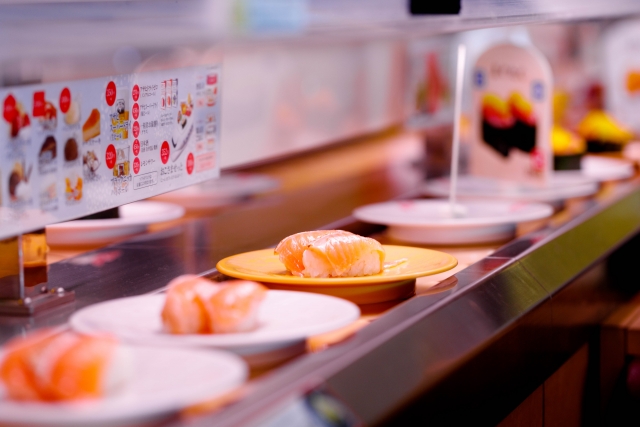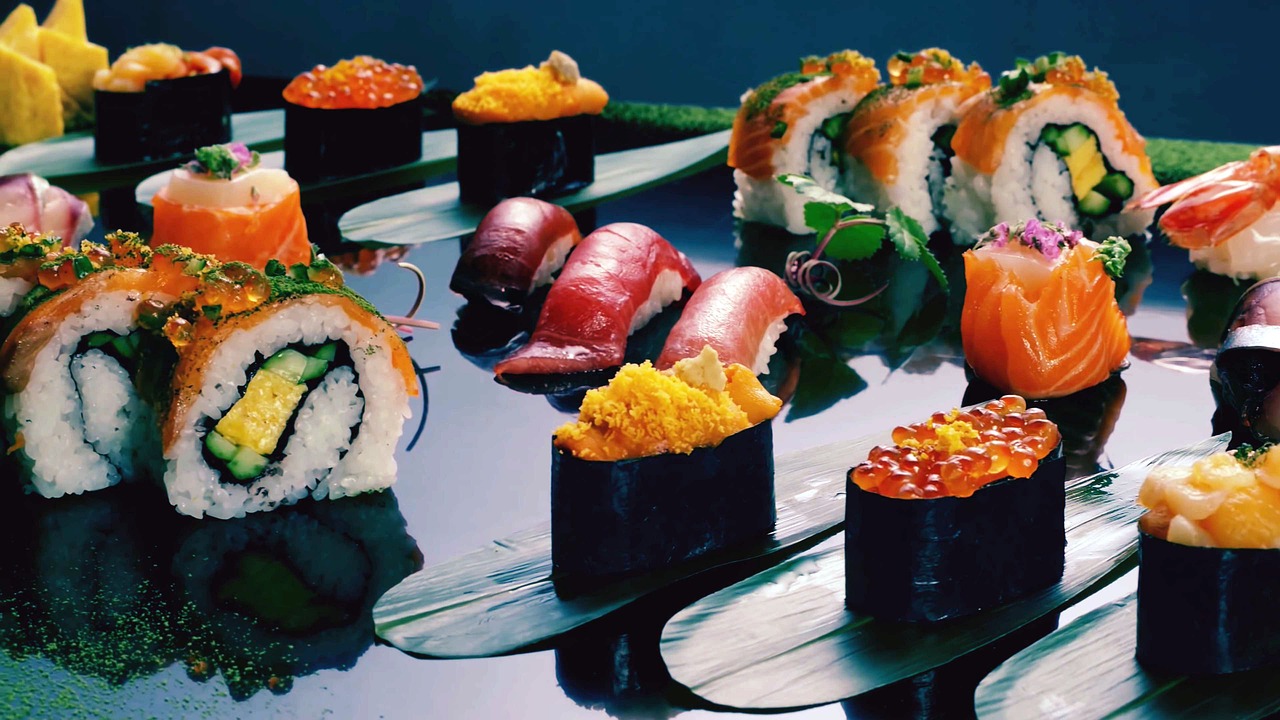Japanese cuisine, characterized by its freshness, subtlety, and artful presentation, has fascinated food lovers all over the world.
However, sushi’s place in Japanese society transcends the realm of food. It’s an embodiment of the nation’s cultural ethos, a beacon of their culinary artistry.
What Is Sushi to Japanese?
To outsiders, sushi might seem like a simple combination of rice and raw fish, but to the Japanese, it is much more.
Sushi holds an esteemed place in the national cuisine and cultural identity of Japan. It encapsulates a millennia-old tradition that mirrors the changing seasons, the diversity of Japan’s marine life, and the Japanese meticulous approach to food preparation and presentation.
Sushi is more than just a meal; it is a symbol of Japan’s enduring love for harmony, precision, and craftsmanship.
Each sushi type, from nigiri to maki, is a testament to the Japanese philosophy of simplicity and sophistication.
Frequency of Sushi Consumption
While sushi is a quintessential Japanese dish, it isn’t an everyday meal for most Japanese households due to its relatively high cost.
Sushi is typically enjoyed during special occasions or outings rather than in the daily Japanese diet, which often includes dishes like rice, miso soup, and pickled vegetables.
However, the consumption frequency can vary depending on the type of sushi. For example, home-style sushi such as Chirashizushi (a bowl of sushi rice topped with various ingredients) is more common for at-home consumption, while extravagant sushi types like nigiri and sashimi are often saved for special outings or celebrations.
Inexpensive vs Expensive Sushi Restaurants

Despite sushi’s image as a luxury food, sushi restaurants in Japan cater to a wide range of budgets, from high-end sushi establishments to affordable kaitenzushi (conveyor belt sushi) restaurants.
High-end Sushi Restaurants
Upscale sushi restaurants, often located in quiet backstreets and in the basements of unassuming buildings, offer an unparalleled sushi experience.
Here, skilled sushi chefs (itamae) meticulously prepare sushi in front of customers, using high-quality ingredients and demonstrating artful precision in every step of the process.
This is also where you can experience “omakase,” a dining style where the chef decides the menu based on what is freshest that day.
Affordable Sushi Restaurants
In contrast, kaitenzushi restaurants are a more accessible option.
They serve a variety of sushi on rotating conveyor belts, allowing diners to pick and choose what they want.
The sushi at these restaurants is made from decent-quality ingredients and is quite affordable, making it a popular choice for families and people on a budget.
The Differences Between High-End and Affordable Sushi Restaurants
Here are some key differences between upscale sushi restaurants and affordable kaitenzushi establishments:
| High-End Sushi Restaurants | Affordable Sushi Restaurants | |
|---|---|---|
| Price | Expensive | Budget-friendly |
| Atmosphere | Quiet, refined | Casual, bustling |
| Service | Personalized, the chef prepares the sushi in front of you | Self-service, grab what you want from the conveyor belt |
| Menu | Curated by the chef (“omakase”) | Wide variety, including non-sushi items |
How to Identify the Type of Sushi Restaurant
To distinguish between the two types of sushi establishments, one can look at the pricing, ambiance, and service style.
High-end sushi restaurants usually have a more minimalist, traditional decor and quieter ambiance, while kaitenzushi restaurants are typically louder and more lively, often featuring digital menus and colorful plates.
Pronunciation and Notation of Sushi

The term sushi (寿司) refers to any dish that uses vinegared rice, regardless of the presence of raw fish. The pronunciation of sushi in Japanese is “sue-shee”.
Below are the pronunciations and notations of common sushi types:
- Nigiri (握り): Knee-gee-ree – Hand-pressed sushi topped with various ingredients.
- Maki (巻き): Mah-kee – Rolled sushi using a bamboo mat, filled with different ingredients.
- Sashimi (刺身): Sah-shee-mee – Slices of raw fish or seafood, served without rice.
- Chirashizushi (ちらし寿司): Chee-rah-shee-zoo-shee – A bowl of sushi rice topped with various ingredients.
Conclusion
Sushi is an embodiment of the intricate relationship between food and culture in Japan.
It’s a culinary tradition that captures the Japanese artistry, attention to detail, and reverence for natural flavors. Whether you’re enjoying a high-end omakase meal or picking plates off a conveyor belt, eating sushi is a way to partake in this rich cultural heritage.
So, the next time you’re in Japan or at your local sushi spot, remember that sushi is more than just a tasty dish—it’s a cultural experience.



comment